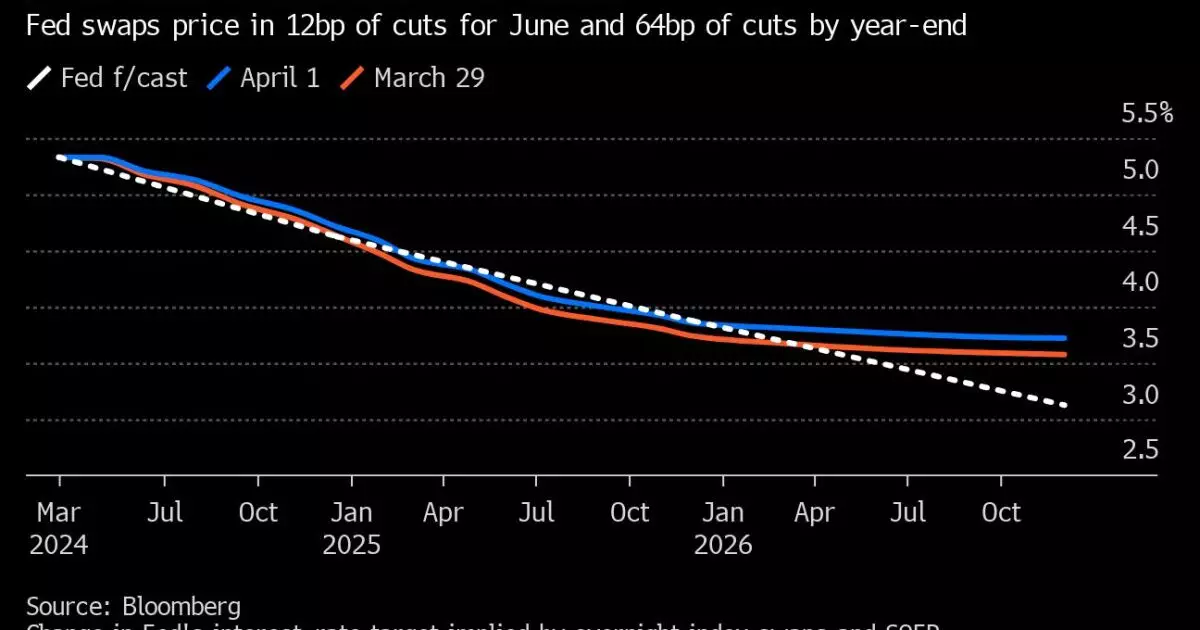Bond traders reevaluated their expectations for Federal Reserve monetary policy after a gauge of U.S. manufacturing activity showed expansion for the first time since 2022. The amount of Fed easing priced into swap contracts for this year dropped to fewer than 65 basis points, indicating a shift in market sentiment. This change in expectation led to a bond-market selloff, with two- to 30-year Treasury yields experiencing significant increases in a single day.
The ISM manufacturing report played a crucial role in reinforcing the narrative of the economy’s resilience. This resilience, coupled with Powell’s comments on monetary policy, has led traders to believe that the Fed will adopt a patient approach. As a result, the outlook for interest rates has shifted, with rates expected to remain “higher for longer.” The robust private borrowing and corporate bond offerings also suggest that interest rates are not acting as a constraint on U.S. companies.
Policy Outlook and Economic Indicators
Despite the positive outlook on the economy, Powell reiterated the Fed’s cautious approach towards rate cuts. The Fed is looking for more confidence in the inflation trend before considering any adjustments to interest rates. The upcoming March employment data is expected to show a slower pace of job creation, although the unemployment rate remains historically low. The combination of strong consumer spending and stagnant progress towards lower inflation has added complexity to the Fed’s decision-making process.
The Treasury market experienced its first monthly gain since December, following months of uncertainty regarding Fed rate cuts. The market stabilized in March after policy makers maintained their projection of three quarter-point cuts for the year. This stability is a significant shift from the beginning of the year when market expectations for 2024 exceeded 150 basis points. The improved economic data and slower inflationary trends have contributed to this change in market sentiment.
The recent uptick in U.S. manufacturing activity has had a notable impact on bond market expectations. The shift in sentiment regarding Fed monetary policy, coupled with strong economic indicators, has led to a reevaluation of interest rate expectations. Traders are now anticipating a more stable interest rate environment, with rates likely to remain higher for an extended period. The upcoming employment data and inflation trends will continue to play a crucial role in shaping market expectations in the coming months.

